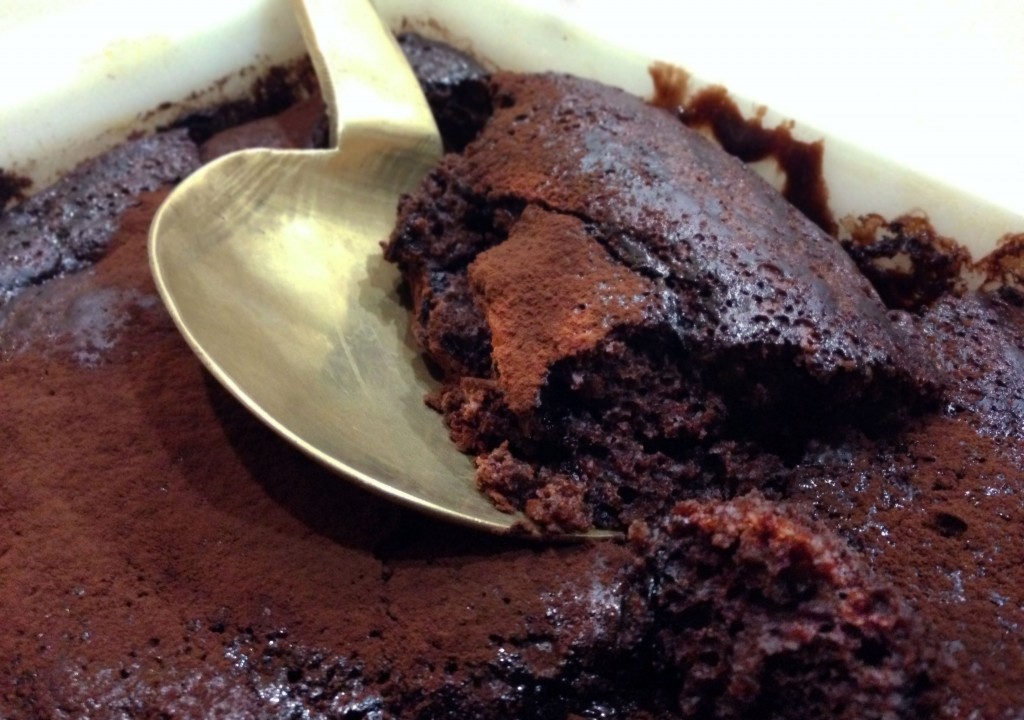There’s nothing quite like home-made Hot Cross Buns for breakfast over the Easter weekend. Serve them warm straight from the oven. Or make them ahead and reheat them in a moderate oven. Or split and toast them.
In an attempt to save time I thought I would see if the No-Knead Bread recipe could be adapted to make Hot Cross Buns. You always need more yeast when you’re adding fruit, sugar, butter and eggs to a basic bread dough, so I doubled the amount used in the No Knead Bread recipe.
Putting crosses on the buns is a bit fiddly so I didn’t bother and can assure you they taste just as good without! Technically this recipe is not quick because you leave the dough to prove overnight. But the actual work involved takes no more than five or ten minutes.
Basic yeast mixture:
4 cups plain flour
½ tsp dry yeast 
1½ cups warm water
1 tsp salt
Additions:
60g butter at room temp (I used spreadable butter)
1/3 cup sugar
1 tsp each ground cinnamon, mixed spice and ground ginger
1 egg, lightly beaten
½ cup sultanas
¼ cup dried mixed peel (optional) or use more sultanas
Extra flour as needed
Glaze:
1 Tbs cold water
1 Tbs sugar
1 tsp powdered gelatine
In a large mixing bowl mix all ingredients for yeast mixture with a spoon until well combined. Cover bowl with plastic wrap and leave overnight. Next day – whenever you are ready – mix butter, sugar, spices and egg into the yeast mixture, using electric beaters. Lastly mix in the fruit then tip mixture onto a well-floured surface.
Knead just enough to incorporate a bit more flour and get rid of excessive stickiness, then cut the dough into 12 even pieces. Form into balls and arrange in a greased 10-12″ (25+cm) round tin or use a rectangular one. Leave to rise for an hour or two, then bake in a pre-heated oven at 220ºC for 20 mins. Remove from the oven and brush with hot glaze while hot. Serve warm or toasted split in two and spread with butter.
Glaze: place cold water and sugar in a small bowl and sprinkle with gelatine. Zap in the microwave for 20 secs on High.
Makes 12 buns
Note: can be frozen, but best frozen without glaze then thawed, reheated in a moderate oven and brushed with glaze while hot. Made in this way the buns all stick together and need to be broken apart. If preferred bake them on a larger biscuit tray, leaving more space between each one, so they don’t stick together.








